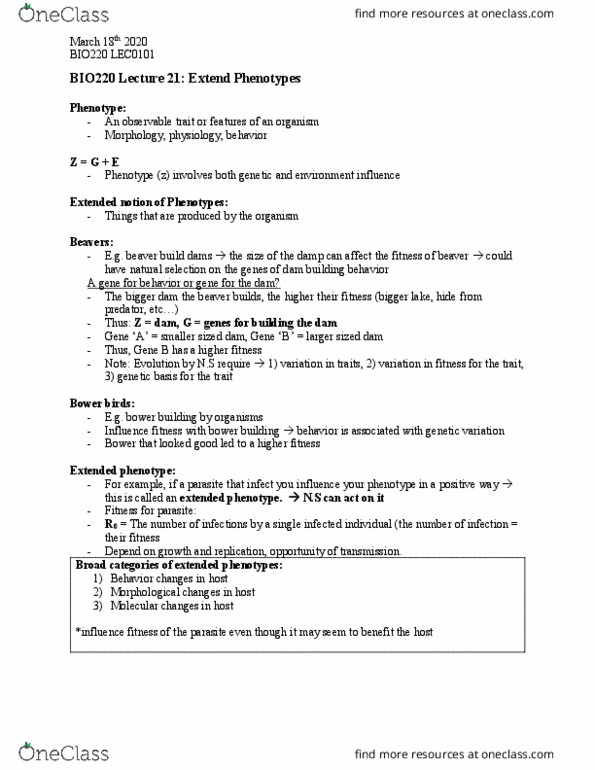BIO220H1 Lecture Notes - Lecture 22: Viral Hemorrhagic Fever, Rhinovirus, Drug Resistance
BIO220H1 verified notes
22/26View all
Document Summary
Application of evolutionary principle into health and disease. Ask why (ultimate) rather than how (proximate) questions. Disease requires an ultimate explanation + a proximate explanation to explain why certain organisms are susceptible/vulnerable to harm stimulus: why are we vulnerable to disease, trade-off. There is a cost with certain benefits. E. g. repair dna = gives you longevity, but the cost is that all that energy is not used in reproduction. They have tons of variation for natural selection to act on. Ebola virus causes hemorrhagic fever (severe and fatal) can be transmitted by direct contact with contaminated surfaces symptoms: fever, headache, internal bleeding, chest pains. 1976 is the first outbreak of ebola virus in human. 88% infected individual died high fatality rate. ~25 outbreaks in africa since then, fatality rate varies by countries but still very high. Compare ebola virus and rhinovirus (normal flu) Virulence = its ability to cause a host to die.




